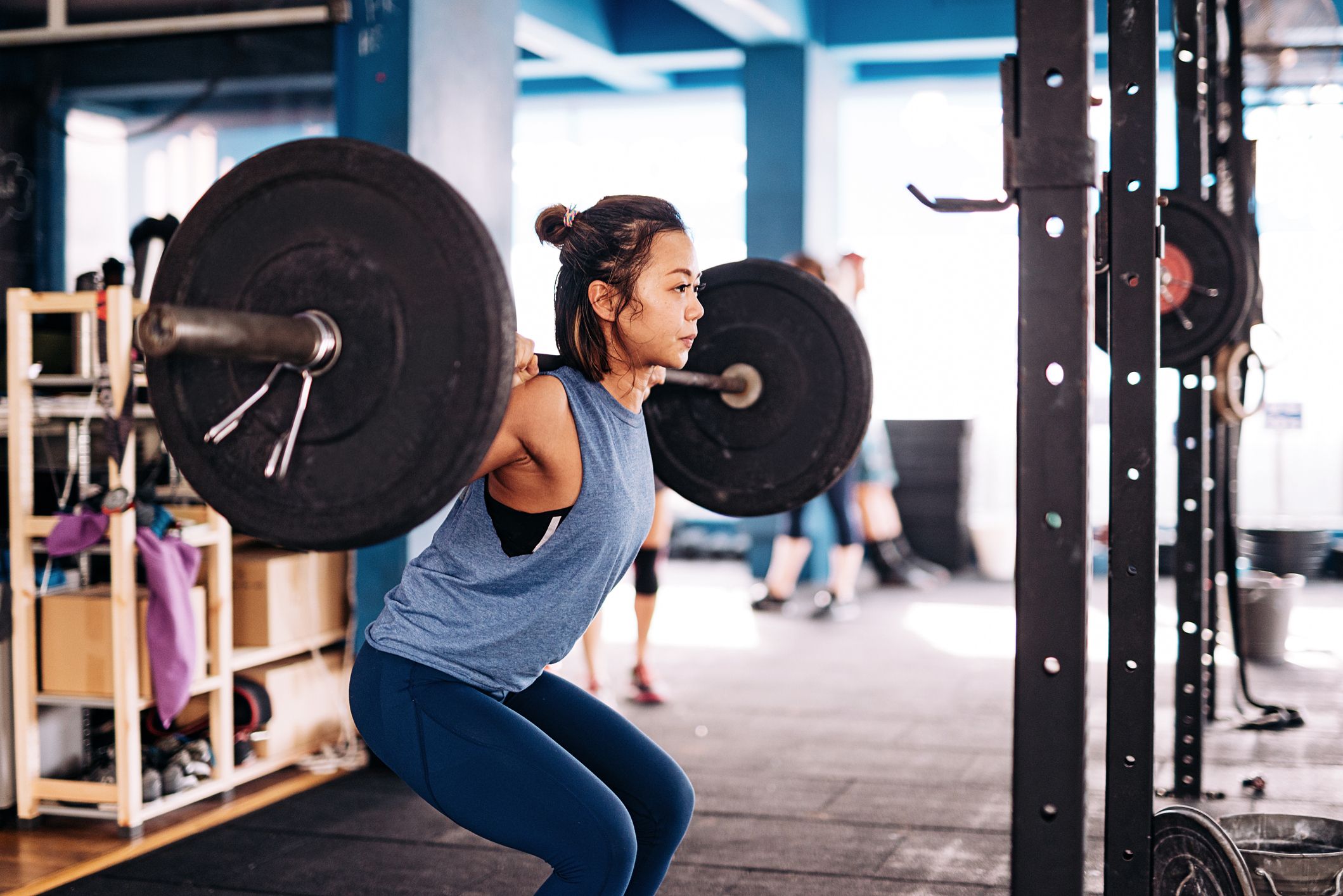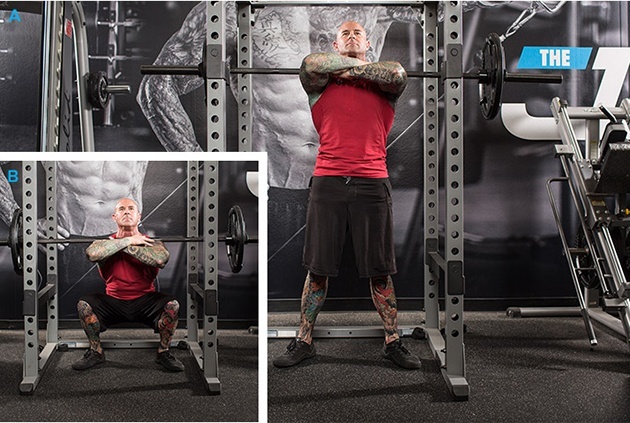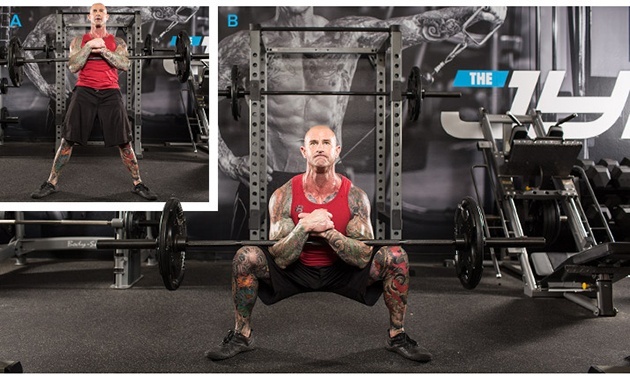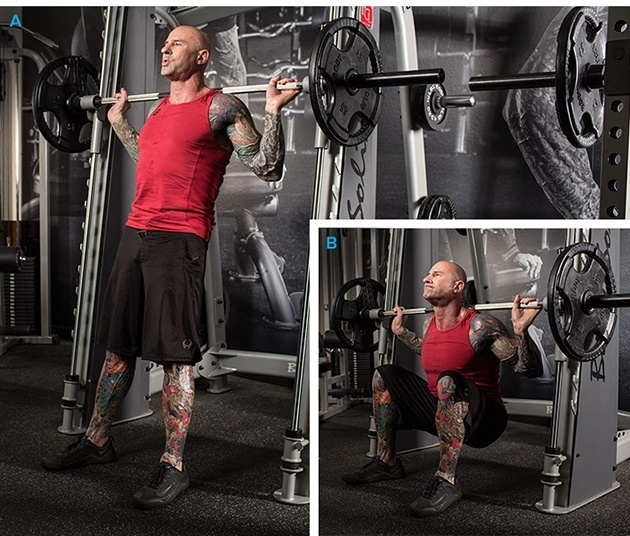
6 Alternatives to Standard Barbell Squats
Avoiding Squats Due to Back Pain? There are decent alternatives to this exercise that provide comparable gains in strength and muscle mass.
Can you imagine yourself in the shoes of the basketball player to replace Michael Jordan in the Chicago Bulls? Or Tim Cook, who continued the Steve Jobs business at Apple? Or as a quarterback who replaces Tom Brady when he hangs up his boots? Not an easy task.
My arguments in favor of exercise as a substitute for squats can be met with similar skepticism. Yes, the shoulder squat is the “king of the exercise” and I am as much a fan of this exercise as you are. But if you are worried about the increased risk of injury, or you just hate squatting to horror, do not force yourself to squat in the traditional sense.
However, I highly recommend that you regularly include some form of squat in your training program (at least once a week). This is a fundamental movement not only in the world of training and sports, but also in real life. I know barbell squats can be dangerous for the lower back and knee joints – trust me, I’ve had back problems too. But there are tons of movement modifications that reduce stress on vulnerable areas and generate excellent growth stimuli for the glutes, quads, hamstrings, and other parts of the body. In terms of effectiveness, these options are quite comparable to traditional squats with a barbell on the shoulders.
Below we will look at six such exercises. Incorporate any of these into your workout routine instead of the standard squat, and you will get the same (almost) gains in strength and muscle mass that the crowned king gives.
Alternative 1: Front Squat
Arguments in favor of replacement. These are still squats, but since the bar is on your chest and not on your shoulders, the difference is huge. Compared to standard squats, the front squats work more on the quads than the glutes, so this is a great exercise for anyone looking to pump the front of the thigh.

But what is especially important for people with lower back pain, front squats force the body to be kept as vertical as possible (otherwise the bar will fall to the floor), thereby reducing the load on the spine.
Alternative 2: Jefferson Squats
Arguments in favor of replacement. The exercise is often called Jefferson’s “deadlift”, but because the back is upright, it looks more like a squat than a traditional deadlift, where you have to bend forward because the bar is in front of your feet. In this variation, you need to “saddle” the barbell. A straightened back is the main reason many people choose Jefferson Squats for back problems .
Alternative 3: Zercher Squats
Arguments in favor of replacement. Zercher Squats are another great option for reducing stress on your lower back. The bar is much lower (in the center of the torso, not on the shoulders), which significantly reduces the effect of the compressive force on the spine. Like the front squat, the Zercher squat forces you to keep your body as upright as possible, while also allowing you to squat deep enough.

Alternative 4. Squats on one leg
Arguments in favor of replacement. The one-legged squat exercise has several other names (for example, the Bulgarian split squat), perhaps because it represents a cross between squats and lunges – legs apart, one leg in front and the other in back. A lunge-like position keeps your back perpendicular to the floor and protects you from the dangerous forward bend that often causes lower back pain.
Since one leg is in the back, you can push the front leg as far forward as necessary to protect the knee joint from unnecessary stress. In this exercise, you have a choice: you can put a barbell on your shoulders or pick up dumbbells.
Alternative 5: Smith Machine Squats
Arguments in favor of replacement. Anyone who blames the Smith machine for a lack of “practicality” does not open their minds to the possibilities this training tool offers. With regard to squats, the Smith machine has a number of undeniable advantages:
- Opens the door to safely overload the lower body muscles with heavy weights and maximize the stimulation of mass and strength gains, since you don’t have to think about balancing.
- Allows you to change the position of the feet and use different parts of the legs. For example, pushing your feet further forward (this will not work with a barbell), you shift the load on the gluteal muscles, which will really please those who want to emphasize pumping this zone.
- Reduces the angle of flexion at the ankle and reduces stress on the knees as the feet are pushed forward. Think of lunges in which a wider step forward prevents the knees from extending beyond the plane of the toes.

Alternative 6: Barbell Hack Squats
Arguments in favor of replacement. At first glance, the exercise may seem a little strange, as if you are doing the deadlift in reverse, because the bar is behind your legs, not in front of them. But that’s how it was intended. In fact, barbell hack squats have been around for decades, much longer than the machine hack squat found in most commercial gyms.
This movement is unique because the bar is at the back. Lower back load is lower compared to standard deadlifts because you don’t have to lean forward too much. In this position, it is much easier to maintain the center of gravity over the heels, as it should be done with standard squats with a barbell. This is the key benefit for people with low back problems.
